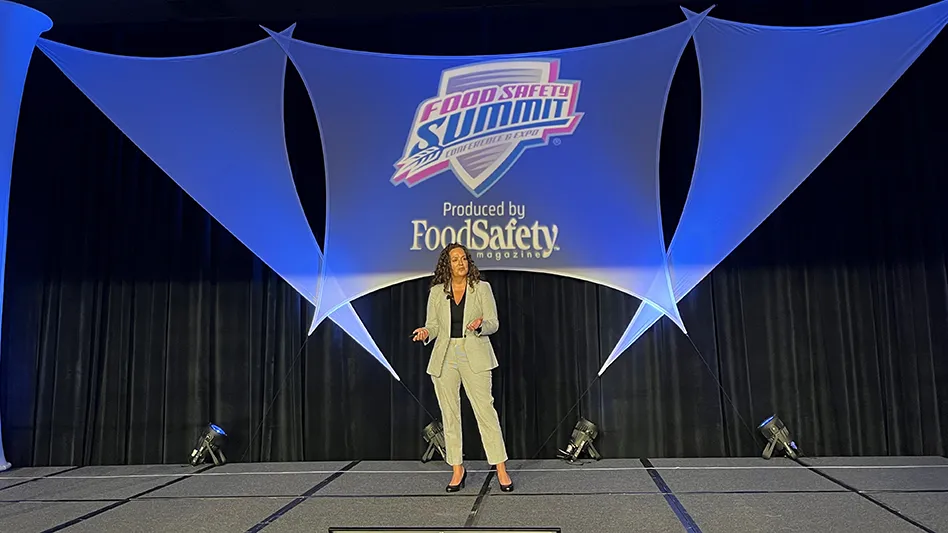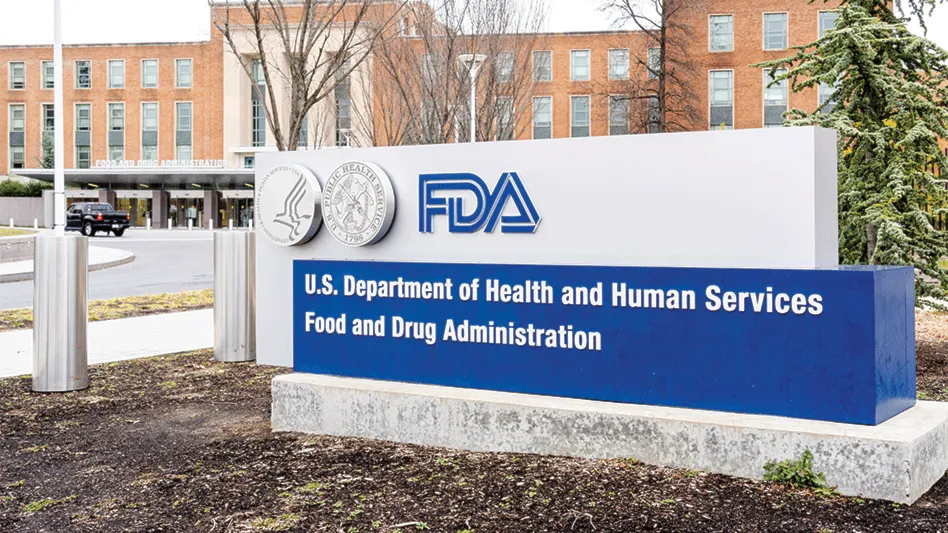
A. It depends! Before answering the question, let’s summarize the intent and scope of the preventive controls (PC) rule, which is officially titled “Part 117—Current Good Manufacturing Practices [cGMP], Hazard Analysis, and Risk-Based Preventive Controls for Human Food [HARPC].” (An equivalent rule was published for animal food.)
The rule combines the sanitation requirements under the cGMP with the food safety requirements under HARPC. Sanitation is a foundational requirement on which a food safety plan can be developed and implemented.
When is a food warehouse not exempt from the PC rule?
When the warehouse is part of a manufacturing facility, it is considered to be an integral part of the operation which manufactures, processes, packs, or holds food products. Holding food is the same as storing. Under this condition the warehouse is not exempt; rather it is subject to the entire preventive controls rule.
When is a food warehouse exempt from the PC rule?
Let’s use two examples to answer that:
Case A. If the warehouse is solely engaged in the storage of unexposed packaged food at ambient temperatures, the facility would be exempt from Subpart C—Hazard Analysis and Risk-Based Preventive Controls, but it would be subject to Subpart B—Current Good Manufacturing Practice and Subpart F—Requirements Applying to the Records that must be Established and Maintained.
Case B. If the warehouse is solely engaged in the storage of unexposed packaged food that requires time/temperature control to significantly minimize or prevent the growth of, or toxin production by, pathogens, the facility would be:
- Subject to Subpart B—Current Good Manufacturing Practices;
- Exempt from Subpart C—Hazard Analysis and Risk-Based Preventive Controls;
- Required to implement certain activities to ensure the effectiveness of the temperature controls; and
- Subject to Subpart F—Requirements Applying to the Records that must be Established and Maintained.
What are the appropriate temperature control activities that must be carried out to prevent food-safety failures?
The warehouse must establish and implement adequate temperature controls to significantly minimize or prevent the growth of, or toxin production by, pathogens. In addition, the temperature controls must be monitored with adequate frequency to provide assurance that the temperature controls are consistently performed.
What must be done in case of a loss of temperature control?
If there were to be a loss of temperature control that could impact the safety of refrigerated packaged food, facility management must take appropriate corrective actions to correct the problem, reduce the likelihood that the problem will reoccur, evaluate all affected food for safety, and prevent the food from entering commerce, if it cannot ensure the affected food is not adulterated under section 402 of the Federal Food, Drug, and Cosmetic Act.
The warehouse must establish and implement adequate temperature controls to significantly minimize or prevent the growth of, or toxin production by, pathogens.
What temperature control verification activities need to be carried out?
Facility management is responsible for verifying that temperature controls are consistently implemented. Verification activities include:
- Calibrating temperature monitoring and recording devices (or checking them for accuracy).
- Reviewing calibration records within a reasonable time after they have been created.
- Reviewing monitoring records and actions taken to correct a temperature control problem within seven working days after the records are created or within a reasonable timeframe, provided that the preventive-controls qualified individual prepares (or oversees the preparation of) a written justification for a timeframe that exceeds seven working days.
What records must be established and maintained?
Facility management would be responsible for establishing records documenting the monitoring of temperature controls for any such refrigerated packaged food. These may be affirmative records demonstrating that temperature is controlled or they may be exception records demonstrating loss of temperature control.
If there is a loss of temperature control that could impact the safety of refrigerated packaged food, management must establish corrective-action records. In addition, records documenting verification activities must be established.
What requirements apply to the records related to the sanitation/cGMP and food safety activities?
The records that a facility must establish and maintain are subject to the requirements of Subpart F. They must be kept as original records, true copies (such as photocopies, pictures, scanned copies, microfilm, microfiche, or other accurate reproductions of the original records), or electronic records.
They must contain the actual values and observations obtained during monitoring and, as appropriate, during verification activities. Records should be accurate, indelible, legible, and as detailed as necessary to provide a history of the work performed. They should be created concurrently with performance of the activity documented and should include:
- Information to identify the plant or facility (e.g., the name, and when necessary, location of the plant or facility).
- The date and, when appropriate, time of the activity documented.
- The signature or initials of the person performing the activity.
- Where appropriate, the identity of the product and lot code, if any.
Cornelius Hugo is AIB Global Manager, Food Safety Services Innovation.

Explore the February 2016 Issue
Check out more from this issue and find you next story to read.
Latest from Quality Assurance & Food Safety
- FDA Issues Update on Post-Market Assessment of Tara Flour
- ASI Announces Training Partnership with Rootwurks
- Nfinite Nanotech Closes $6.5 Million Seed Financing to Create Flexible Food Packaging with Nanotechnology
- University of Pretoria Food Science Student Wins IFT and PepsiCo’s Academic and Travel Undergraduate Hybrid Scholarship
- Kraft Natural Cheese and Shawn Johnson East Celebrate Launch of Kraft Signature Shreds
- Natural Sourcing International Announces Voluntary Recall of Black Chia Seeds
- PTNPA's DC Fly-In Connects Members with Policymakers
- Breck Partners Acquires NPX One





